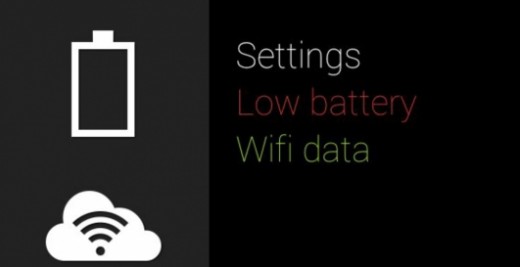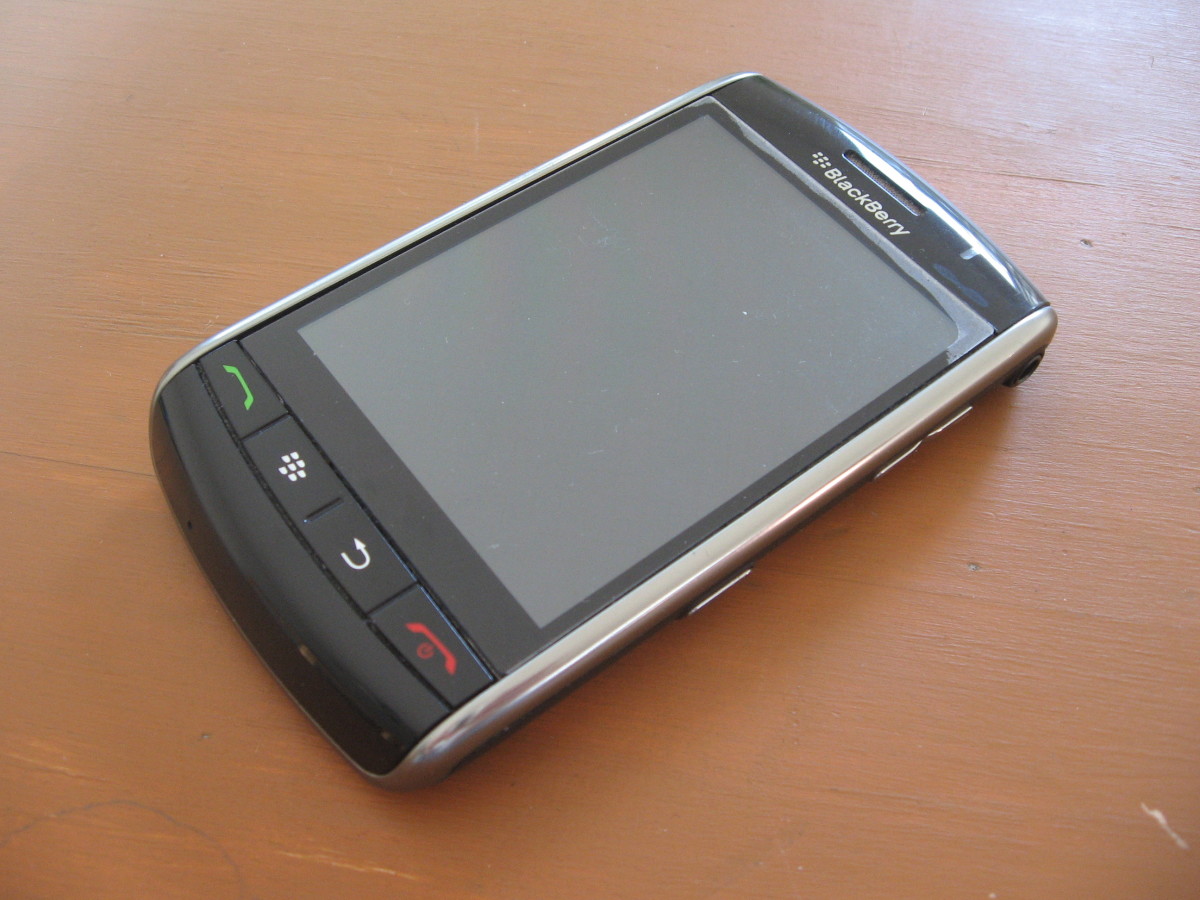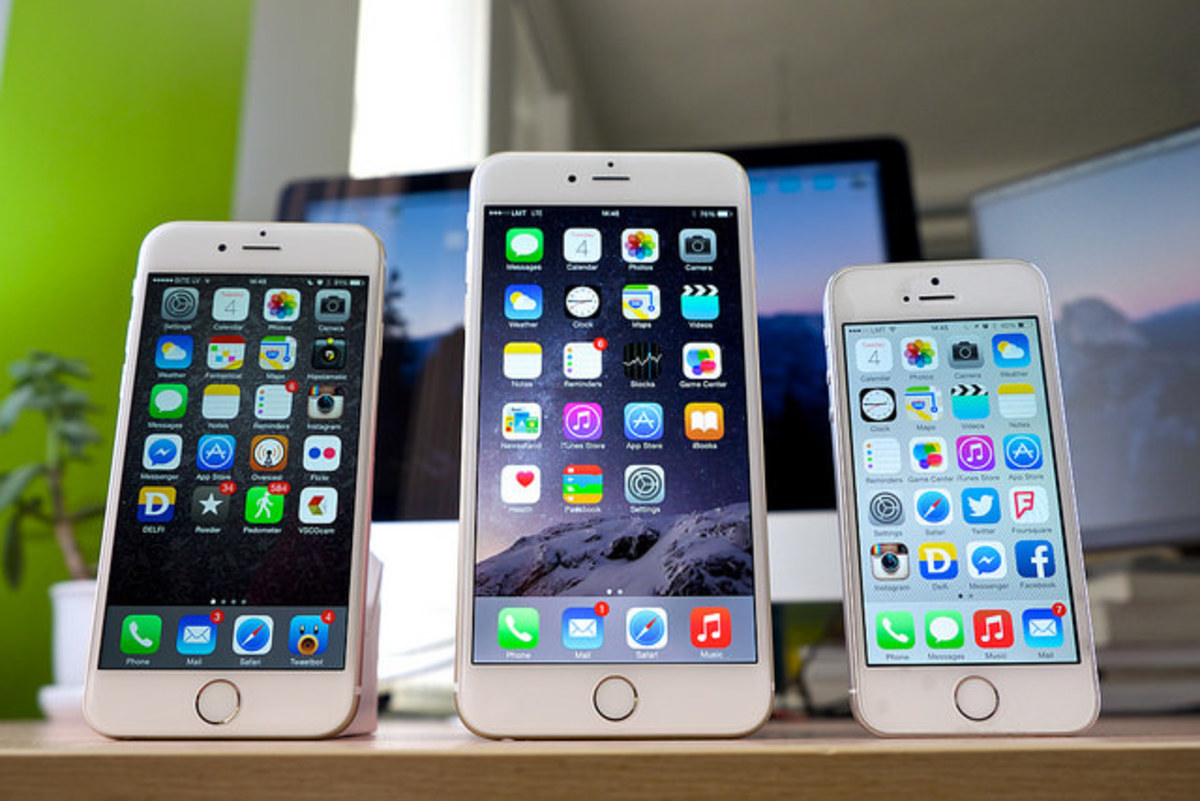Google Glass Use in Medicine, Classroom, Sport and Security
The integration of GPS, gyroscope, Bluetooth, WiFi and camera in Glass opens up a plethora of possibilities which will become important for medicine, classroom, sports and law enforcement.

The initial excitement that characterized Google Glass and its features has died down since it launched to a select few users in early 2014. But the calm does not mean that the concept and Google Glass use can now be cast in the better part of history.
On the contrary, the era of hands-free computing is upon us and where the internet of things and ubiquitous computing are opening up possibilities, Glass from Google is making wearable technology even more exciting!
A number of Google Glass features and specs seemed impossible just a few years ago, but thanks to Google X team, the technology industry has been spurred to evolve in a manner never seen before.
The integration and interaction of GPS, gyroscope, Bluetooth, Wifi and camera in Glass opens up a plethora of possibilities and is challenging app developers and manufacturers of newer wearable computers.
The ability to speak commands, use brainwave commands, wink to take photos and achieve communication real-time will become important for medical practitioners, in the classroom, in sports fields and in law enforcement departments.
Use of Google Glass Features in Real Life
Now that Google Glass wearable is with us the forays of its applicability is becoming clear enough every day. Far from being used to accomplish personal computing only, the features in Glass can be used to serve society in more ways imaginable and not.
Google Glass in Medicine
In no field has Google Glass become so exciting as medicine. The health sector has embraced Glass computing especially in clinical settings.
Here, widespread adoption is only hampered by privacy and health concerns.
While it is important to address security and health concerns related to head-mounted display units vis-à-vis the need by manufacturers to address them, the benefits cannot be underestimated.
The few pioneering Glass doctors in the surgical field are using them to:
- Broadcast both live and recorded surgical operations.
- View assistive medical images and surgical checklists as they treat patients.
- View health and other data records of patients under treatment.
- Take pictures and video clips for reference.
Continuing research show that Google Glass can be used to help people with disabilities of vision, hearing and mobility. According to Rosalind, Founder of Affective Computing Research Group at MITS, it is possible to use Glass to play around with colors and help intrigue people with autism.
Whereas a select few medical practitioners have fully embraced Glass, others are holding it off for the moment, waiting for better Glass wearables of tomorrow.
According to Pediatrician Oliver J Muenster publication on Google Glass, a few improvements can be made before Glass becomes a universal medical kit.
Oliver and most Doctors site a few areas in head-mounted display gadgets that need improvement:
- Current voice interaction with Glass is not effective enough.
- The battery life of Glass is impacted when recording lengthy video clips.
- The positioning of Glass camera is not in sync with direct eye contact.
- Need to secure privacy of patient data.
- Possibility of distraction and Glass misuse by medical and other users.

Google Glass in the Classroom
Google Glass has also touched the world of education like nothing else. While tablets seemed to have captured individual learners in the classroom, Glass can offer even better classroom experience. Glasses will bring learners and teachers closer by stepping up interactive visual learning.
This interaction will go even further when integrating Glass features with other Google features like Google Drive to produce complete learning experience.
Teachers of big classes that struggled to memorize learner names will find out how easy it is to make roll calls through facial recognition apps. Teachers will have real-time reminders of student identity, data and other info, and better still have Glass automatically fill up class attendance!
In what is popularly known as Flip learning, teachers and learners will also record audiovisual material and share them mutually for better learning.
Instead of laboring to avail teaching notes and other teaching aid, the same will be shared via recorded video. Learners with Glass will just as well record the day's lessons and homework, and go over them back at home.
Learning across borders and buildings will receive added boost courtesy of remote video interaction. Distance learning and Webinars will be possible on the go and from any location. Not wanting to be tied down by the constraints of a laptop Glass should provide augmented reality display that is big enough for distance learning.
Further still, it will be easier to invite the hard to reach experts to join a Hangout or other form of video conferencing.
Google Glass in Sports
One area that deserves technology intervention is sports. The old misgivings that technology should not be integrated in sports is becoming an example of grumpy old excuse, one that does not see how fast the sporting behavior is changing.
Taking soccer as an example, improvement in player speed as well as dirty tricks is making the work of referees very challenging. Players are learning sneakier tricks when diving and the linesmen are finding it harder to spot technical fouls.
To give credit to the Sports governing body FIFA, it introduced goal line technology to help solve queries and foul play related to balls that crossed/not crossed the goal line.
Football authorities need to go a step further by dressing up officiating personnel with head-mounted display units. Stadiums are already equipped with cameras (which unfortunately are not helpful to referees and linesmen but television viewers at home) which can relay crucial real time video footage in order to bolster accuracy and speed in referee and linesmen judgment.
One sports industry that is embracing Google Glass technology is Golf.
One popular Golf app is called GolfSight and it updates Golfers on live score, aerial views and yardages. Elsewhere, iCady app updates users with wind direction and aiming points, with other features lined up in the future.
Another venture into Google Glass was initiated by CrowdOptic which in 2014 partnered with Sacramento Kings to broadcast video footage from Glass users attending basketball games. Before that, CrowOptic outsourced video broadcast from smartphone users and broadcasts them live.
Google Glass and the Police
Google Glass will help Police departments around the globe to harness criminal data collection and dissemination of relevant info to field officers in real time.
Using the camera in Glass an officer can take pictures and videos of suspected criminals, traffic violators, and with the help of remote police databanks, will be able to identify criminals and stolen cars almost real time.
Whereas the police previously recorded such footage, Glass will go an extra mile by providing background data to photos taken. Glass takes advantage of in apps to do background checks that computers normally do and that everything happens on the go.
Various trials were made by police departments in Los Angeles and New York in 2013. The police integrated the CopTrax video system from Georgia Tech within Glass and sought to find out if Glass interfered with the ability to aim a gun and distract police activity in the field.
Despite storage and battery worries, the initial tests proved successful. Recorded videos that were streamed back to police departments looked better than what was streamed using traditional body-warn recorders.
Google Glass and the Military
Goggles and other head-mounted displays have been used in the military before, but nothing will beat the magic of integrating Glass in the day to day activity of the military officers in harms way.
In what will become known as Glass Soldiers, the military personnel in the field will benefit by receiving maps, enemy positions and installation facilities by use of GPS feature integrated within Glass.
Glass will allow the command center to monitor and offer emergency airlift and medical assistance to MIA and injured personnel.
Should Google Glass become part of our lifestyle?
The Downside of Google Glass
Every good thing has a downside and Google Glass is no exception. When Google X team stood down from integrating full cellular service within Glass we knew there was a catch. At the forefront were concerns related to Glass battery and health matters.
Glass is a miniature device and, therefore, suffers from battery drain issues. At full battery charge cycle, Glass should stretch for five hours of basic use. But initiate video playback or recording and the hours will be cut down to one or so. To address battery issues, users can purchase tag-along GazerG or PWR battery packs, and other third party battery solutions.

Glass also raises radiation questions given that it uses both Bluetooth and Wifi. Close prolixity of Glass to the head may expose the user to constant electromagnetic radiation.
Health risks in using Google Glass?
Glass also faces questions regarding privacy and security of data that is transmitted by wireless connections. Such data can be abused by errant users that are in charge of them or even hacked into by crackers.
Also questionable is the etiquette of some of Glassholes, who will misuse picture and video features for mischievous purposes.



![Revolutionizing Wearable Tech: Ai Pin's Sleek Design & Cutting-Edge Features [2023 Update] Revolutionizing Wearable Tech: Ai Pin's Sleek Design & Cutting-Edge Features [2023 Update]](https://images.saymedia-content.com/.image/t_share/MjAyODU1MzIxOTkwNTM4MzA4/revolutionizing-wearable-tech-ai-pins-sleek-design-cutting-edge-features-update.png)


